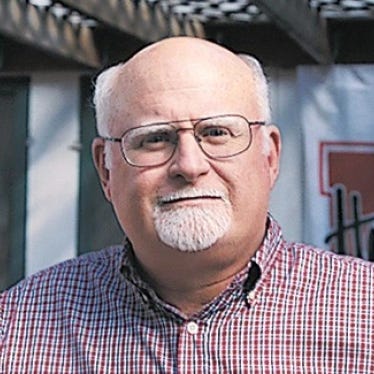
Environmental, water and tax issues are always high on the agenda for Nebraska Cattlemen members, but the ethanol phenomena became a hot-button issue for the association at its recent convention.
Pete McClymont, immediate past NC president in his farewell address, called ethanol the "foremost issue" for Nebraska cattle producers. Ethanol byproduct use in feedlots has been a positive for many of the state's feeders, although the price of that feed source is appears to be climbing.
Cattlemen, particularly cow-calf operators, are increasingly nervous over the sharp price increase for corn and what that will do to feed costs and profits.
One resolution passed by the association calls for the free-market to determine the ethanol market rather than subsidies and renewable fuel mandates.
It states: "Because the availability of affordable, high-quality feedstuffs is crucial to the profitability of the beef industry, and because the beef industry is competing with the ethanol industry for corn, the Nebraska Cattlemen supports a transition to a market-based approach for usage and production of ethanol. . .
It continued: "The Nebraska Cattlemen is opposed to any additional federal or state mandates for ethanol use and production."
Jeff Stolle, Nebraska Cattlemen vice president of marketing, told attendees that the "dizzying harvest-time rally in the corn market caught the majority of the feeding industry off guard and ill-prepared. Furthermore, the economics indicate that this could be the beginning of a new trading range for the corn market.
"The days of rationing corn usage by simply squelching livestock sector demand are gone, and so is the ability of cattle feeders to comfortably pencil in $2 grain and $50 per hundredweight costs of grain," he adds.
Stolle adds, "In fact, the days of $2 grain and $50/cwt. costs of grain could very well be gone for good."
The corn price hit will affect feeders, certainly, but longer-term may adversely affect cow-calf operators even more. Cow-calf producers are likely to face an even bigger challenge in determining how to trim costs and capture additional income as the increases in feed costs are passed down the industry's production chain.
In late June and July 2006, Stolle says that it was still possible to get corn delivered to some eastern Nebraska feedlots for under $2 per bushel. "As of late November, the same feed fetches $3.35 to $3.50 per bushel."
This grain-complex rally is fundamentally different than the short-lived prices increases over the last 20 years, according to Stolle
"This is a demand-driven rally. And just as improving beef demand has helped the beef industry establish a new trading range in the fed-cattle market, there is a good possibility that we will look back in five years or so and see that the last half of 2006 marked the move to a new trading range for the corn market."
About the Author(s)
You May Also Like






